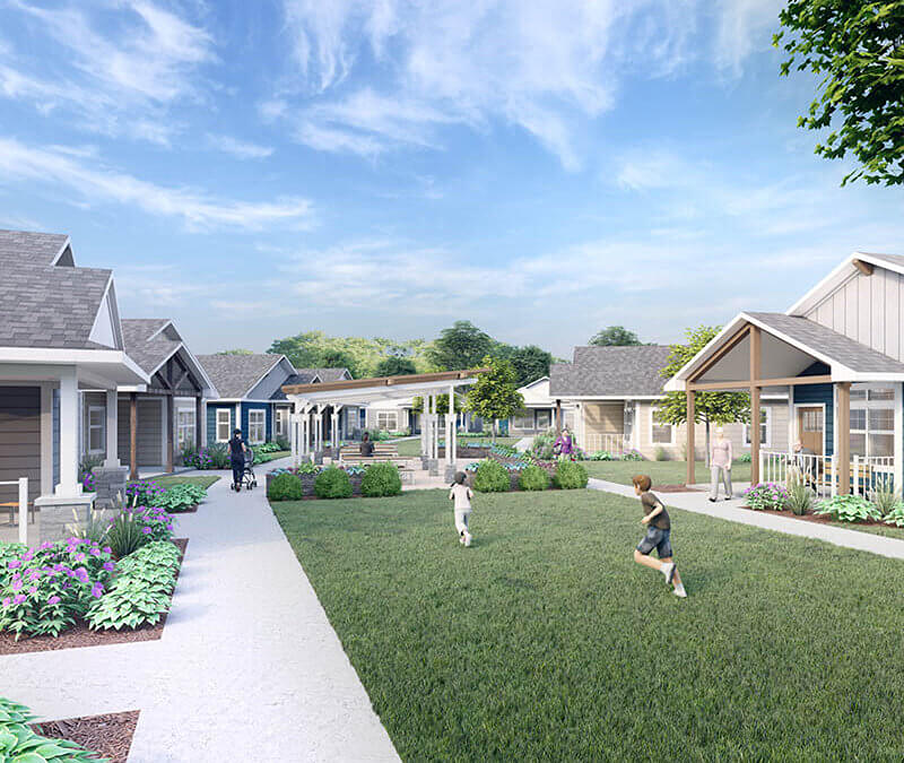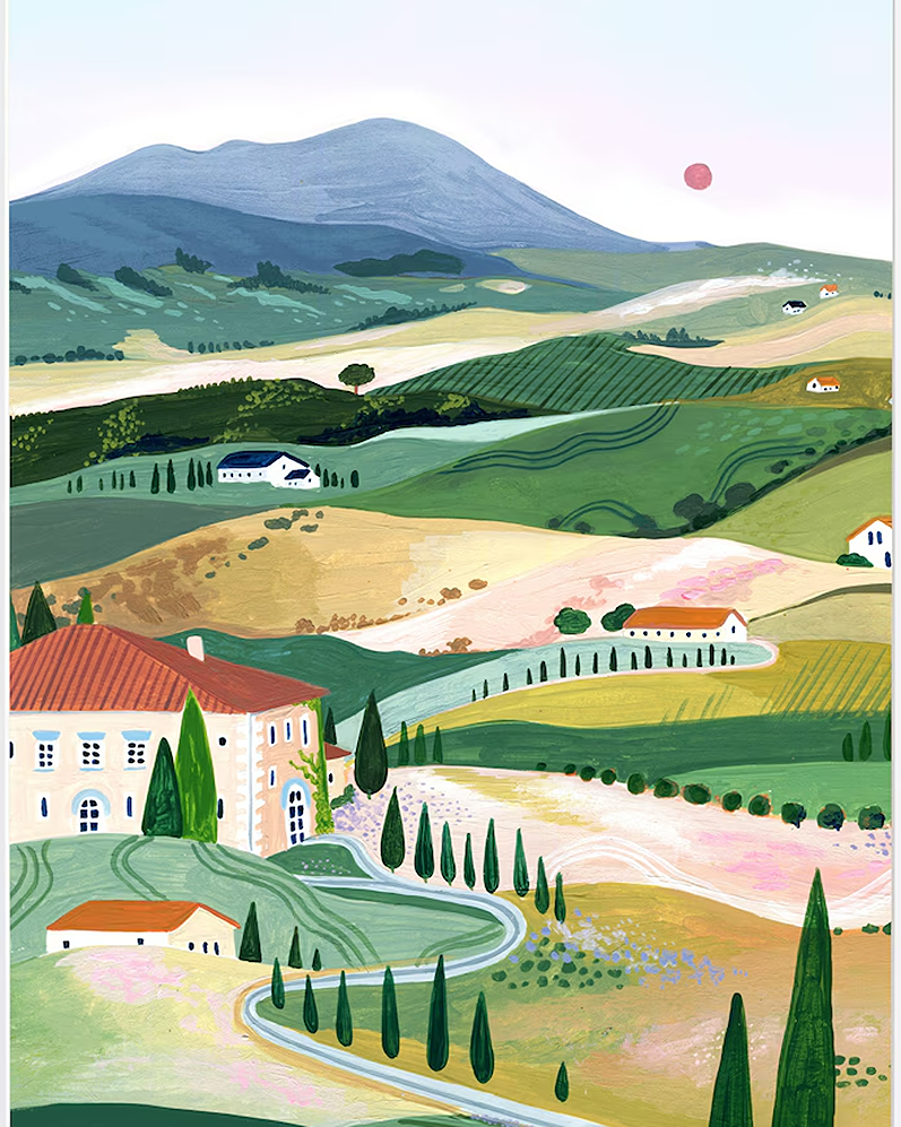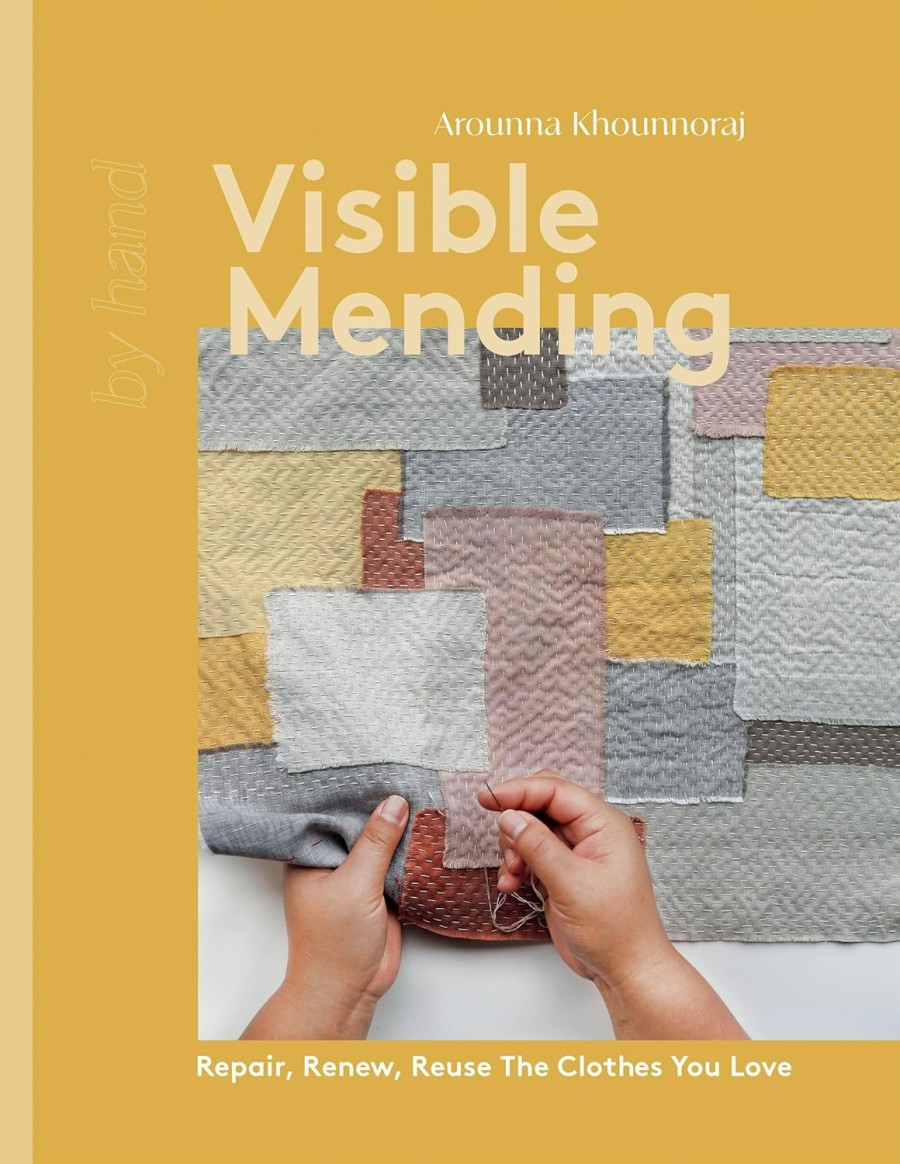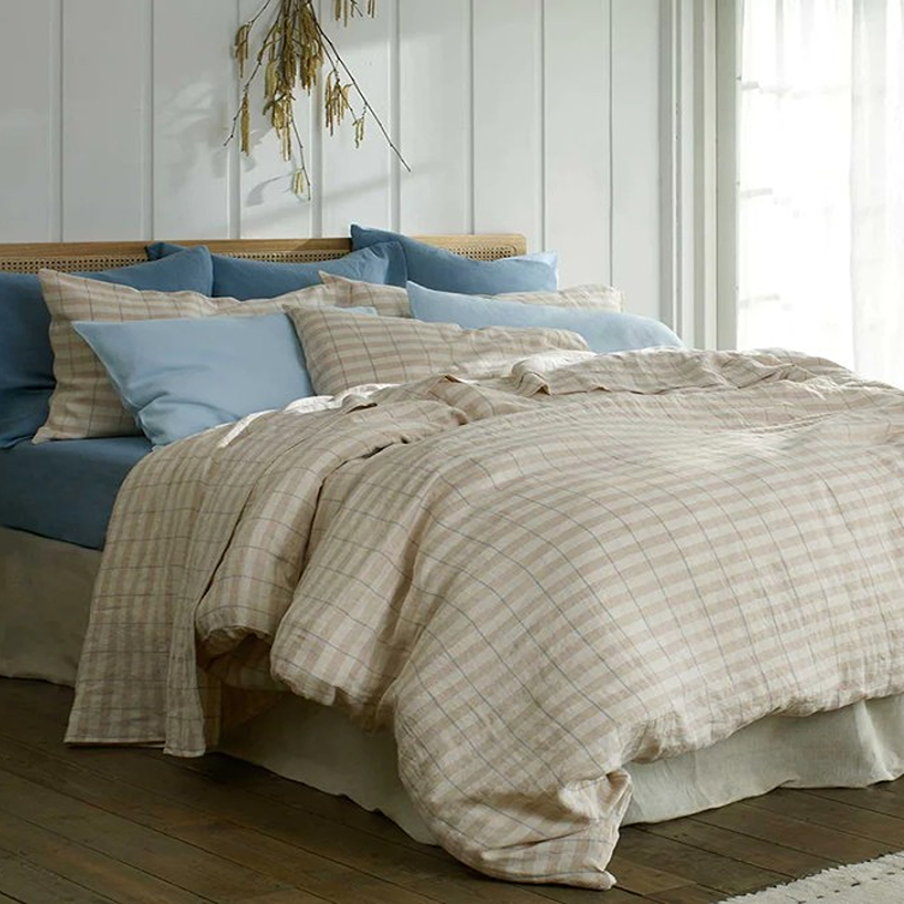
Pocket Neighborhoods is a super book by a town planner who creates communal areas where people relax and play. This creates traffic-free areas with most people parking nearby, then walking to their homes. Strangers who arrive are greeted with a friendly ‘Can I help you?’
For green spaces, avoid toxic plants near pets (also don’t plant in railings, where nocturnal wildlife could get trapped). Avoid facing indoor foliage to gardens, to help stop birds flying into windows.
Most modern town planners build 100 houses on a sterile estate, then add a ‘community centre’ in the area, so people can walk (or drive) to the park. A pockety neighbourhood includes community within the area. So like ‘The Waltons’, you can sit on your porch swing and watch children and dogs play on the lawn in front. There’s less chance of either going missing, as someone usually is around to keep a gentle eye on things, without being intrusive. It also lets older people live independently with dignity, rather than in nursing homes.
Pocket neighbours may batch-cook meals to save money or put community solar panels on roofs, to lower bills for heating/cooling homes for all residents. Some grow community gardens for free food. One fan wrote it in a nutshell that ‘granddad can rock on his porch reading the news, while neighbours walk past and stop to ask about his hip replacement and the latest political news’.
how to create a local neighbourhood website
Nextdoor is kind of like a ‘local Facebook’, where you set a boundary and put safety caveats in place, then you can use it to post anything from lost/found pets, job adverts, community bulletins or where the nearest party is! It’s completely free to use, you just need to find someone who wants to handle the admin side.
Everyone on board has to be confirmed for safety, and it’s a great way for local nonprofits and businesses to get some free marketing, but at the same time it’s more for community use. Public services (like councils and emergency services) can also share real-time information (say flood warnings) and you can even say ‘hi’ to one of the 300,000 Next Door neighbourhoods abroad.
There are a ‘few’ good things about sites like FaceBook in that they provide a way for communities and businesses to interact. But this alternative offers all of the good, without any of the ‘Big Brother’ scary stuff like tracking and being at risk of grooming for children. It’s local, safe and not designed to make billionaires richer!
the ‘grandfather of pocket neighbourhoods’

Ross Chapin is the architect credited with creating pocket neighbourhood designs in the USA. An architect who lives on an island near Seattle (where he enjoys wild swimming in Puget Sound) he says ideal pocket neighbourhoods consist of 6 to 12 houses (no more than 1000 square feet each – about the size of two and a half garages) with ‘room-sized porches’ all facing a shared garden, and hidden parking. 60% of all households are now of one or two people, so most houses he believes are way too large, and also cost a lot to run. He also likes ‘nested houses’ where one has an open side and the other a closed side, for privacy. That way the open side has large windows for light, and the closed side has good sky light, so everyone gets good light, but does not feel overlooked by neighbours. Pocket neighborhoods are also increasingly popular for planners designing senior living communities, as they give privacy but in-built safety features too, stopping anyone feeling isolated.
the rise & rise of New Urbanism communities
New Urbanism is not a term common in England, but it’s huge in the US. So-called ‘planned communities’ where buildings are no more than four stories tall, and quite similar with communal green areas, hidden cars and houses built around walking communities.
Town planning may seem like a boring job, but if done well, it’s a visionary way to transform where you live, using the same budget as now, just using more imagination and knowledge from New Urbanism architects. Andrés Duany has created beautiful towns in the US using his unique style of town planning, and his ideas are now used worldwide to prevent urban sprawl:
Seaside (Florida) is what Americans call an ‘uppity town’ (too expensive for us to live there). But nevertheless, it has fabulous features. Not only is this beautiful town on a lovely coastline with a main street filled with indie boutiques, but the church is purposely built to accommodate all faiths. The nearby city of Celebration ‘hides away’ cars so they don’t blot the streetscape, and features an Art-Deco inspired post office.
Mt Laurel (Alabama) is a new town, but the trees removed to build it, were then replanted, so the nature was always protected. This kind of looks like the old England you bet you wished you lived in: all quiet tree-lined streets, plenty of parks and nature walks, and there’s even a dog park divided in two (one for boisterous dogs and another for sleepy old shy dogs, so they don’t get stressed out!) You can not just walk from your home to the main market with plenty of indie shops, but you can even walk to the fire station!
Basic rules of New Urbanism town planning are to build streets on a grid system (so everywhere is easy to walk to) and people naturally ‘bump into each other’. Pavements are widened and trees are planted, and areas built up to makeover stark empty boulevards. Buildings are no more than four-storeys high to foster community, and there is good free or cheap public transport.






